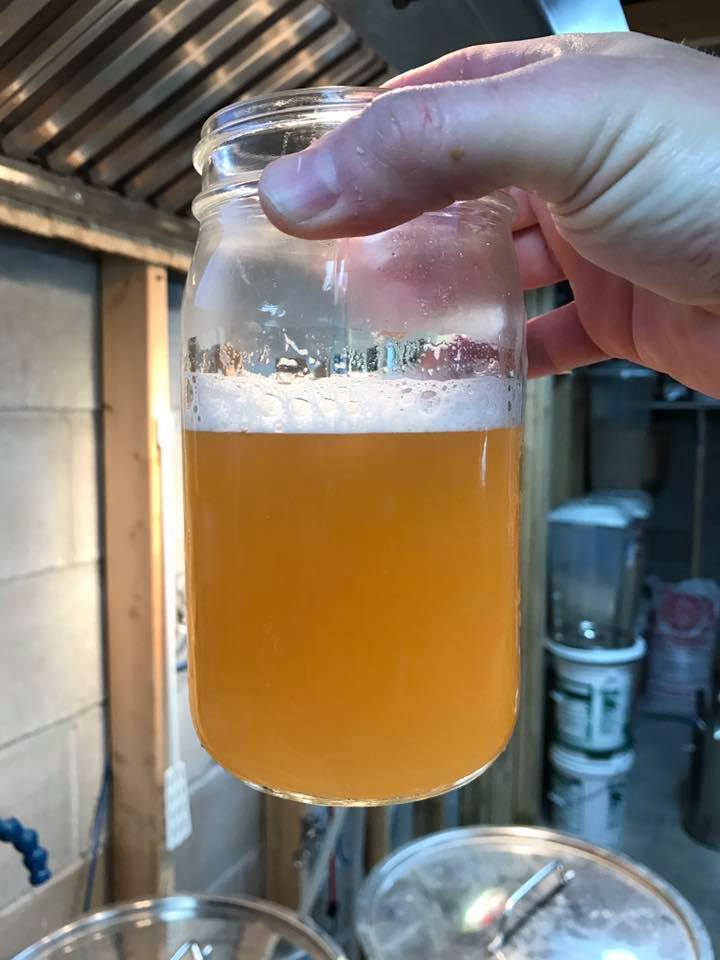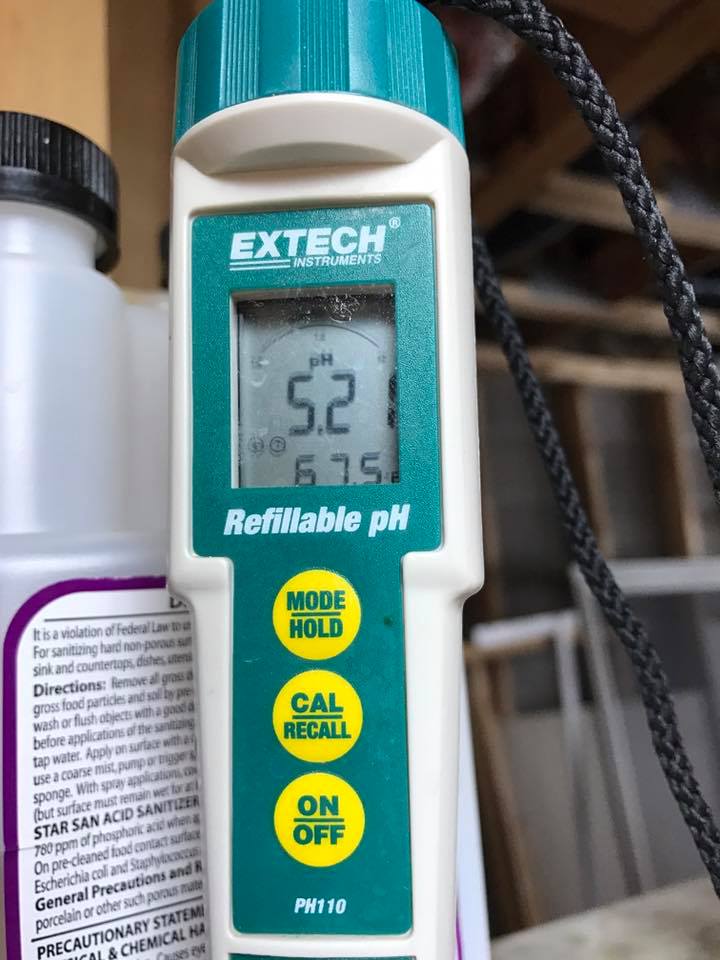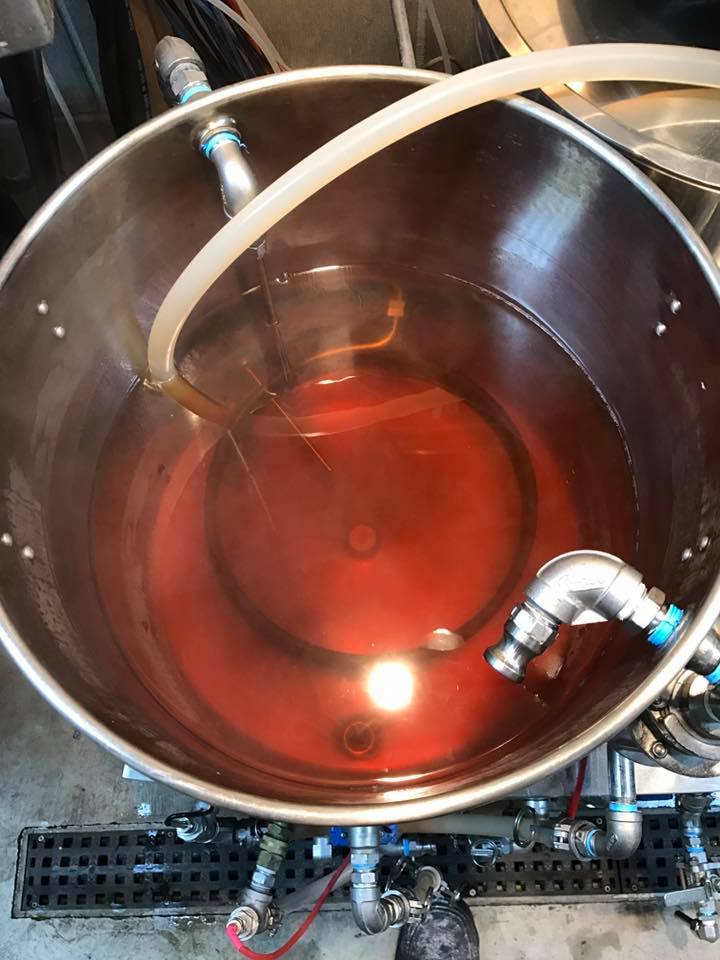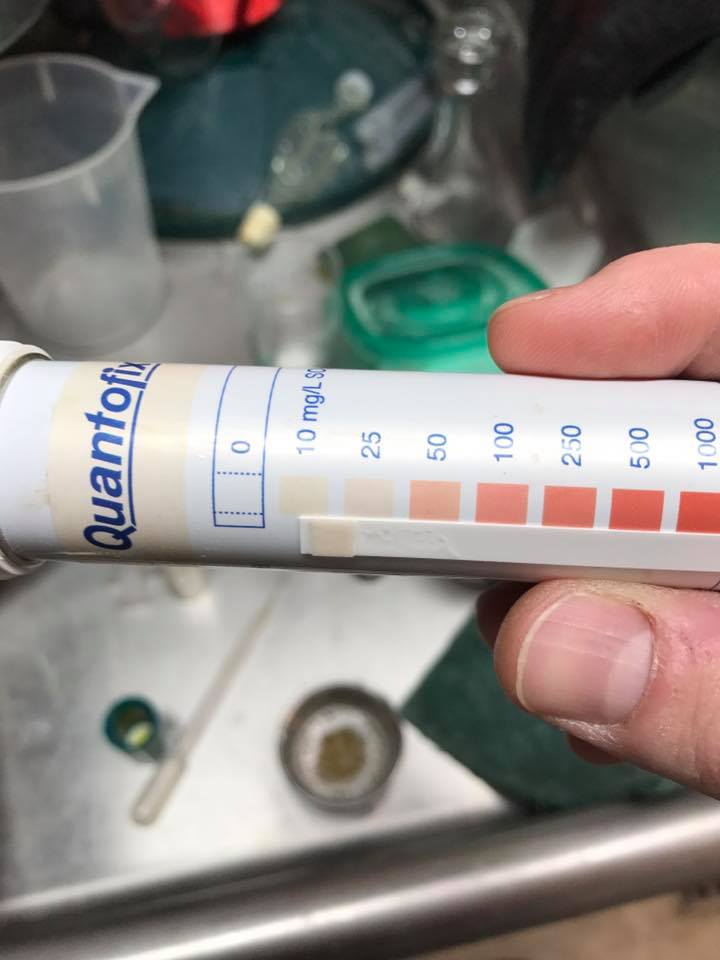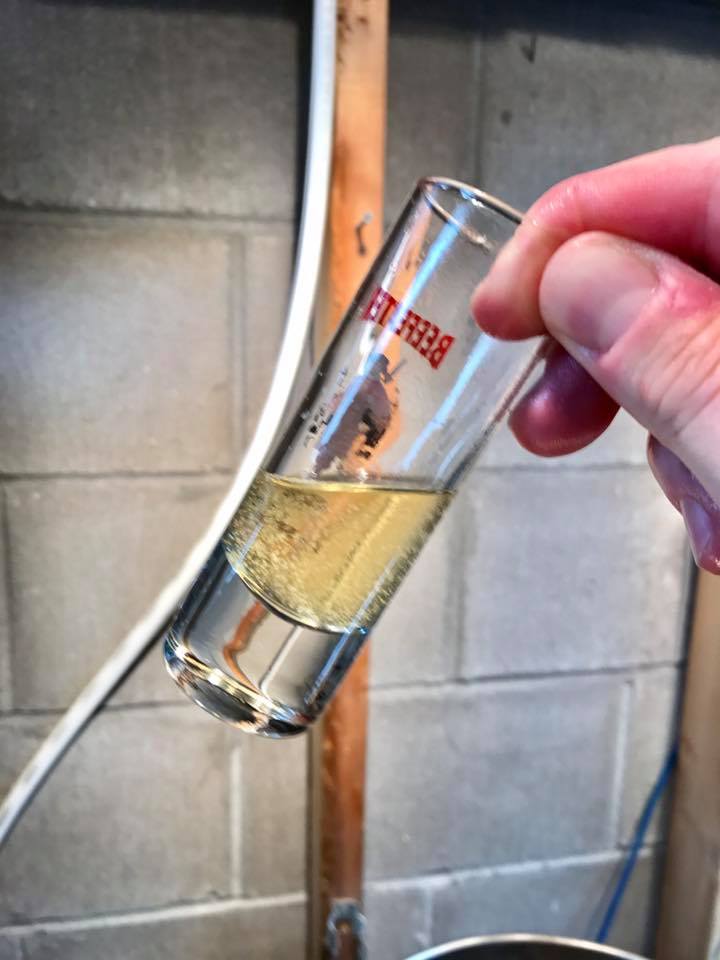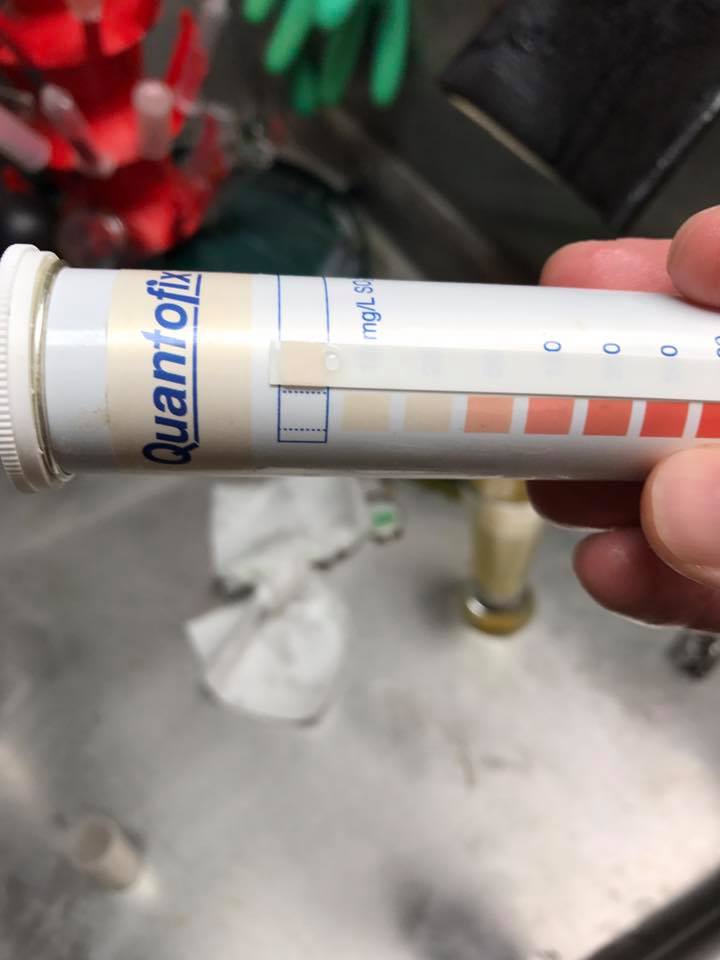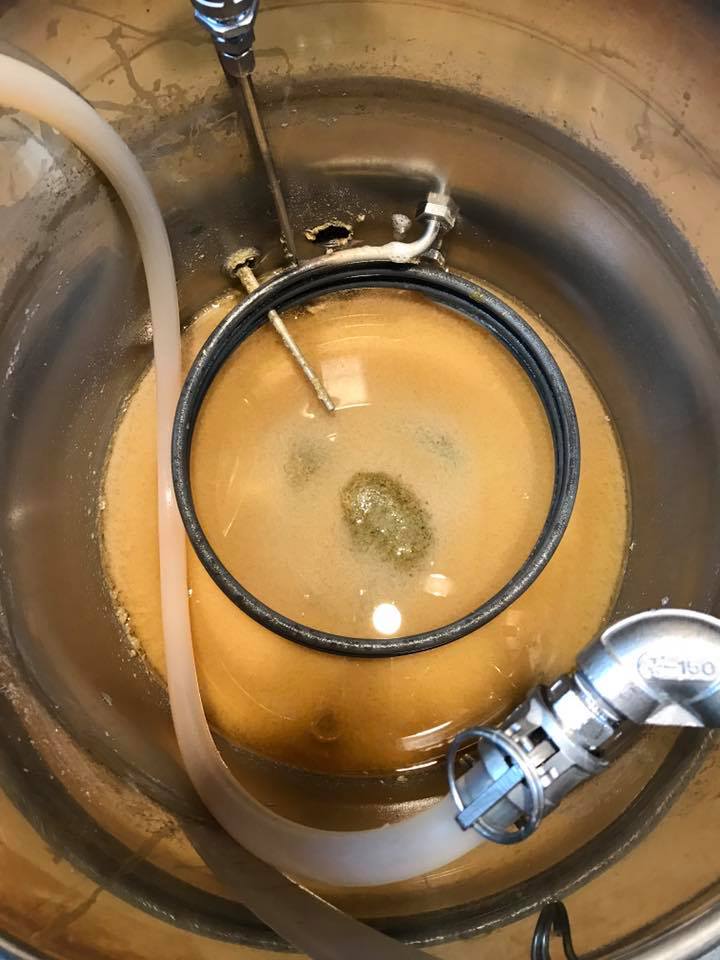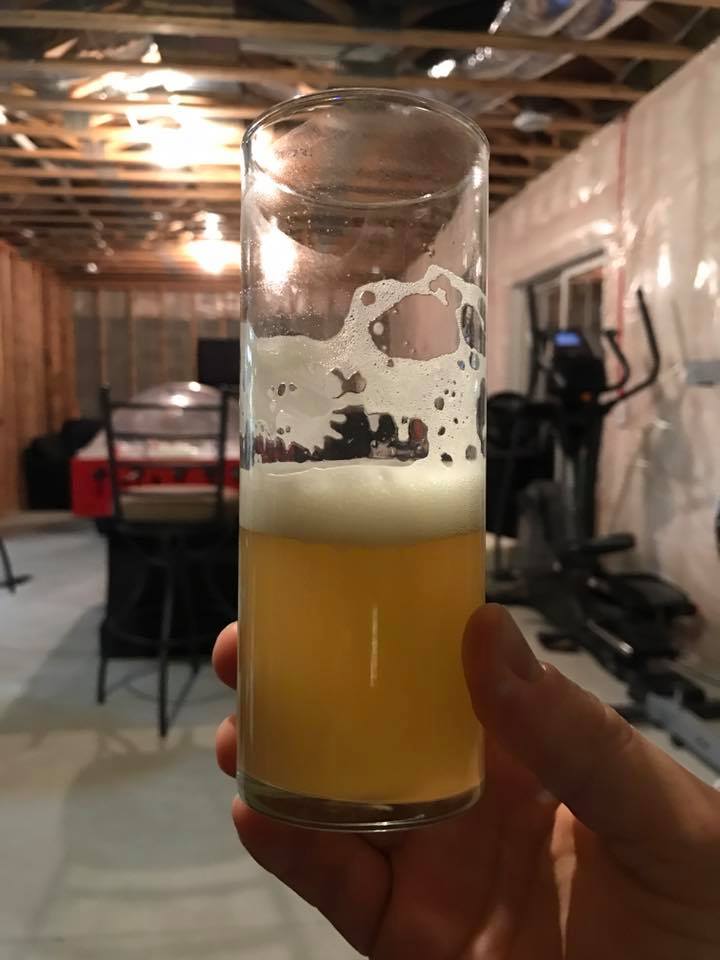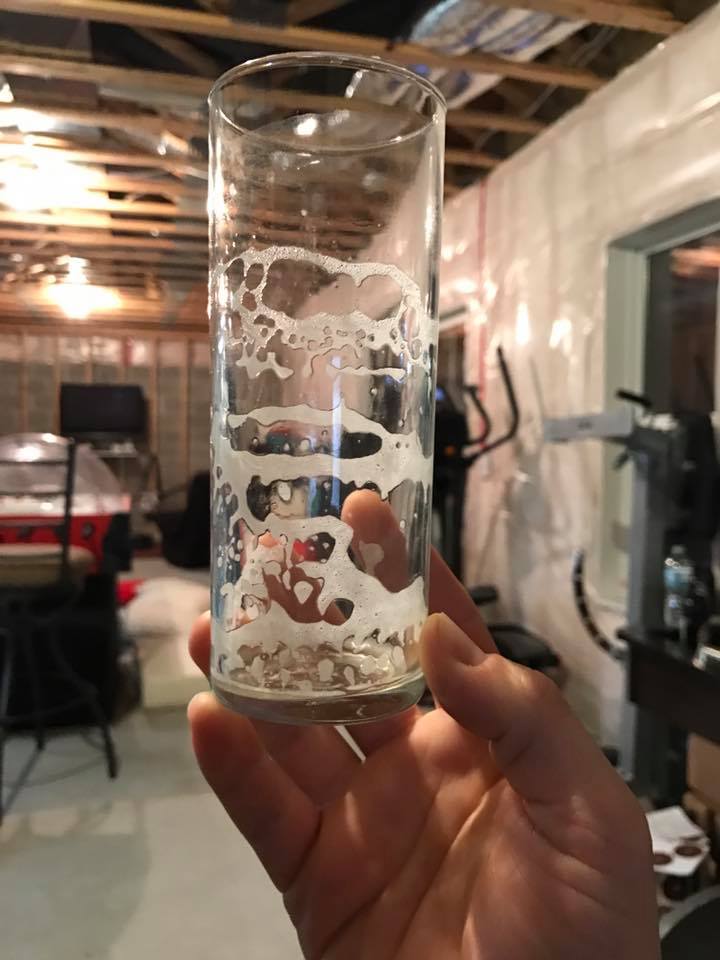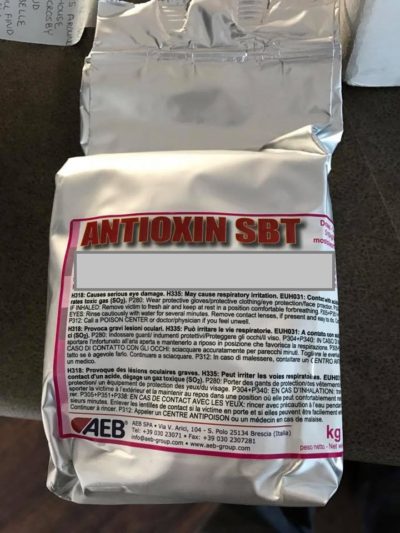
I have known about commercial antioxidants for some time and have played with AntioxinSB in the past. When getting the samples of the SB, the company sent me some literature on the rest of their products one of which being AntioxinSBT, a new kid on the oxidation block. AEB sums it up as:
“A new generation of anti-oxidizing agent. The usage of AntioxinSBT in the brew-house will prevent most of the problems related to oxidation that can occur due to the LOX (lipoxygenase), not only In the early stages but all the way through the life of the beer. After neutralizing the LOX and chelating the metals In the mash tank, all the ingredients from AntioxinSBT completely disappear during boiling.”
The ingredients are listed as Gallotannins, Ascorbic Acid, and Potassium Metabisulfite. I got a 1kg bag to play around with, although I should note you must possess a Federal brewing license to order this product if you live in the USA.
That package arrived and it was time to test. At the time of testing of this product, I was well over 200 low oxygen batches so I am pretty familiar with wort properties and characteristics at this point, but there was no “blind testing” involved in the trials. I brewed the beer I am most acquainted with and have brewed the most batches of: my Export Helles.
I followed my same procedure as normal of a preboil, rapid chill, then dough in. I dosed according to the manufacturers specs and away we went.
SOP of adding Sauergut and aiming for a mash pH of 5.2:
It was during the ramp from beta to alpha rest that the sight glass went clear:
After the mash was complete I then lautered over to the Boil Kettle and was greeted with brilliantly clear wort:
Reaching preboil volume:
The wort was so clear, noticeably clearer than before, interesting…I then took a sample to gauge color and flavor:
It was also noticeably lighter in color, when compared to previous batches. Time for the taste test. It was also very interesting, similar flavors as before, but so much smoother and more refined. Much less of the raw hay type flavors, and so smooth.
Proceeding on, I took a post lauter/preboil sulfite reading:
Boiling commenced as normal, mid boil sample…. Looking light and clear:
Boiling completed and a post boil sulfite sample was taken:
All sulfites were basically gone before chilling. The wort was then chilled as per SOP of a recirculating CFC, once temperature was met, a rest was made, then the wort racked off into the fermenter. I was then greeted with more break material than I have ever seen, it completely covered the bottom of the kettle and blocked all the hop trub. There is a solid 2″ of trub shown below:
Oxygenation and fermentation proceeded as normal. Day 5 spunden, day 7 complete fermentation was reached. The beer was slowly lowered to lagering and kept there 2 weeks. A sample was pulled to do a taste analysis:
Upon first smell, I was greeted with a whiff of sulfur, slight dough, slight yeast and a hint of hops. I then took my sip, and I heard angels come down from the heavens. The taste was.. SO smooth, so clean, so delicate. There was zero harshness, and it went down like water. It was so balanced, faint hop spice, and such delicious fresh malt character. My non-low oxygen beers were always slightly harsh, they had a bitterness that wasn’t hops. I remember my first batches of low oxygen beer, and when that flavor/ sensation went away I was so happy. The Germans actually have a definition for this it is: “The “herbstoffe effect.”
“Herbstoffe roughly means grain astringent in German. In this mechanism, malt constituents, most notably phenols, are oxidized during wort production. They then spill over into the finished beer creating the herbstoffe notes. It is not uncommon for metallic notes to accompany these flavors. What is particularly pernicious about this effect is that it is often misdiagnosed, and not associated with oxidation. This of course makes the resolution of the problem more difficult.”
It wasn’t until this beer that I realized it was still there (of course never like it was before). This beer is by far the smoothest beer I have ever brewed, and its finally a beer I can say.. I am satisfied, so satisfied infact, that I am dumping my current beers and re-brewing them all with SBT.
It wasn’t long before my glass was empty, and I sat there in pure bliss:
To summarize what I think SBT brought to the table is:
About a 5% more color reduction, so about 25% total for low oxygen brewing.
Some how the SMB alone was not blocking other pathways to oxidation, perhaps it’s the gallotannins and some fenton reactions happening. Perhaps its the combinations of the antioxidants.
A much clearer wort.
Much better trub separation.
A much more refined and smooth flavor, which my guess is from the stopping of additional oxidation reactions.
I think folks should definitely start to play with combinations of SMB, AA and BTB, for a “homebrewed” version of this. The ratios of SBT are proprietary and I have grayed out any of that information.
Prost!

